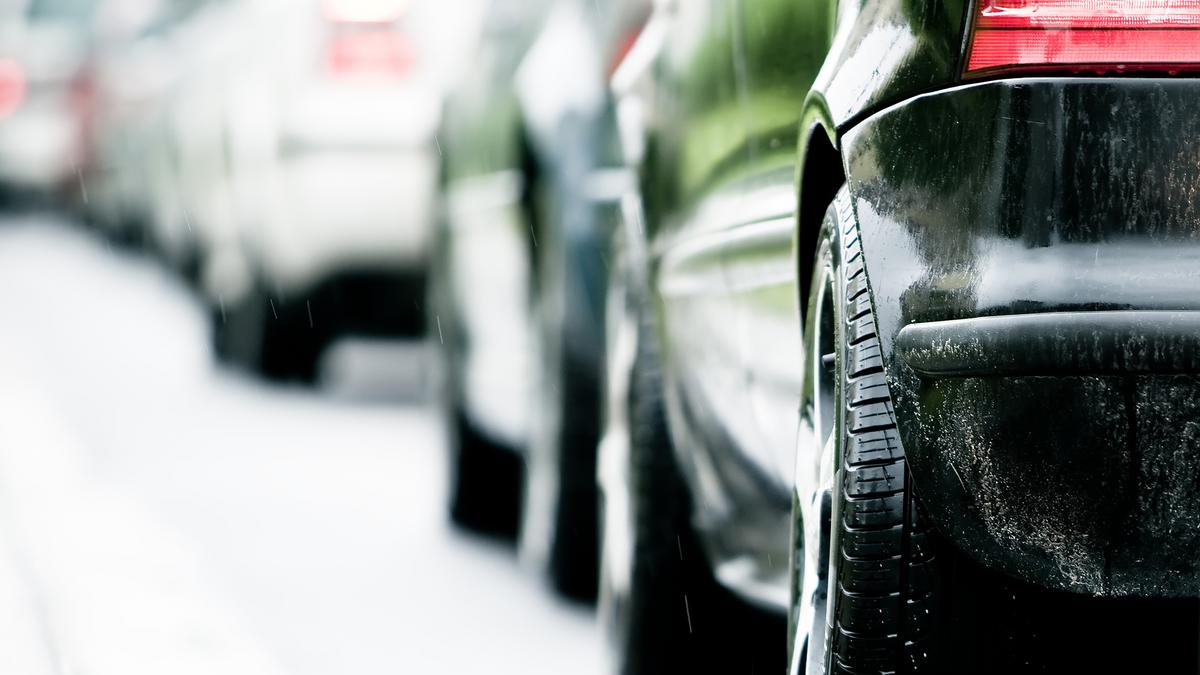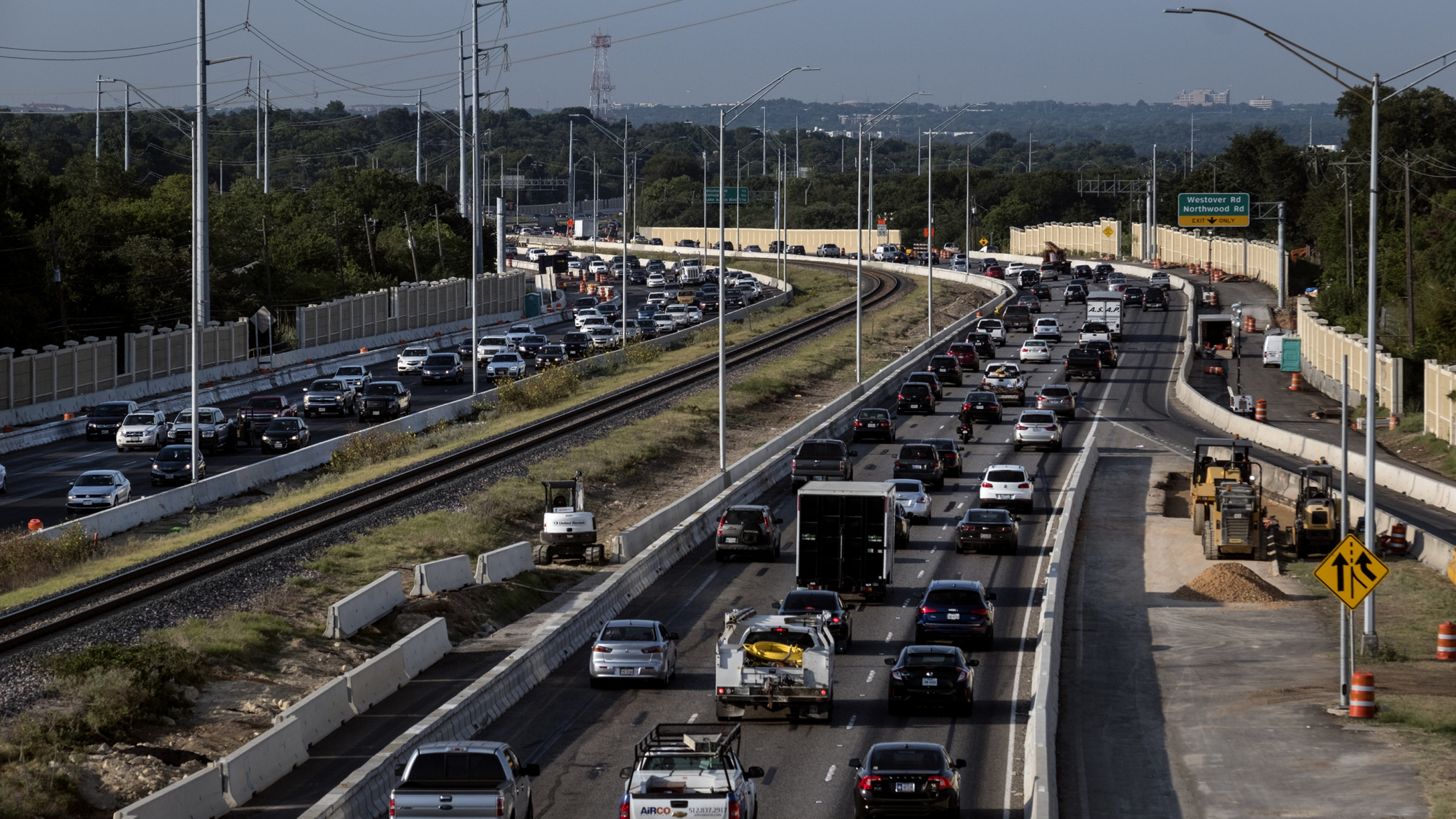

It would have this name until it was decommissioned in the early 1990s, with all military aviation ceasing in 1995 after more than 50 years. With the separation of the United States Air Force and United States Army in September 1947, the name again changed to Bergstrom Air Force Base. He was the first Austinite killed in World War II. The name of the base was changed to Bergstrom Army Airfield (AAF) in March 1943 in honor of Captain John August Earl Bergstrom, a reservist in the 19th Bombardment Group, who was killed at Clark Field, Philippines in 1941. Del Valle Airfield was activated on September 19, 1942, on 3,000 acres (12 km 2) leased from the City of Austin. This land became Del Valle Army Air Base, or Del Valle Airfield. In 1942, the city of Austin purchased land and donated the land to the Federal government of the United States for a military installation, with the stipulation that the city would get the land back when the government no longer needed it. As of 2018, there are 510 arrivals and departures on the typical weekday to 76 destinations in North America and Europe. The airport is the third busiest in Texas, after Dallas/Fort Worth and Houston–Intercontinental, as well as the 27th busiest airport in the United States by passenger traffic. The base was decommissioned in the early 1990s, and the land reverted to the city, which used it to replace Robert Mueller Municipal Airport as Austin's main airport in 1999.

The airport lies on the site of what was Bergstrom Air Force Base, named after Captain John August Earl Bergstrom, an officer who was the first person from Austin to be killed in World War II. Located about 5 miles (8 km) southeast of downtown Austin, it covers 4,242 acres (1,717 ha) and has two runways and three helipads. Adorn it accordingly.Source: Federal Aviation Administration Īustin–Bergstrom International Airport, or ABIA ( IATA: AUS, ICAO: KAUS, FAA LID: AUS, formerly BSM), is an international airport in Austin, Texas, United States, serving the Greater Austin metropolitan area. Thanks to labels like Artemas Quibble-whose small-batch, artisanal wares crop up so frequently in GQ they deserve a spot on the masthead-and the freaky-cool hippies at Collina Strada, the message is clear: A waist is a terrible thing to waste. Once upon a time, designer belts looked a lot like the models who wore ‘em: long, lean, and eerily similar. The Pooling Sweats: Les Tien puddle sweatpants, $155.The Subtle V-Neck Sweater: MHL slipover knit, $175.The Going-Out Shirt: Emily Dawn Long “Jeff” Shirt, $335.The Squared-Off Shoes: Séfr Lucky boots, $550.

The Work Jacket: Our Legacy mini tartan waxed-cotton jacket, $674.The Trippy Tie: Husbands geometric tie, $185.The Standard-Issue Cargos: Orslow cargo trousers, $260.The Wide Leg, Light Wash Jeans: Sunflower twist jeans, $185.The Big, Brash Belt: Y/Project distressed leather belt: $218.

#Austin traffic right now how to#
But they’re definitely the only things we want to wear right this very minute, and if you’re looking for a quick rundown on how to dress like a GQ staffer this season there’s no better place to start. Are these the only things we’re going to wear for the next six months straight? Probably not. Below, you’ll find a not-quite-comprehensive list of all the weirdest, wildest menswear moves we’re itching to make this fall-along with a handful of brands doing them best-hand-picked by the GQ Recommends squad. So if you're feeling a little stressed following the fashion circus as it migrates from the Big Apple to the European capitals, we’ve got the cure for your whiplash. The trend cycle moves at a breakneck clip, and keeping up can be a royal headache.


 0 kommentar(er)
0 kommentar(er)
